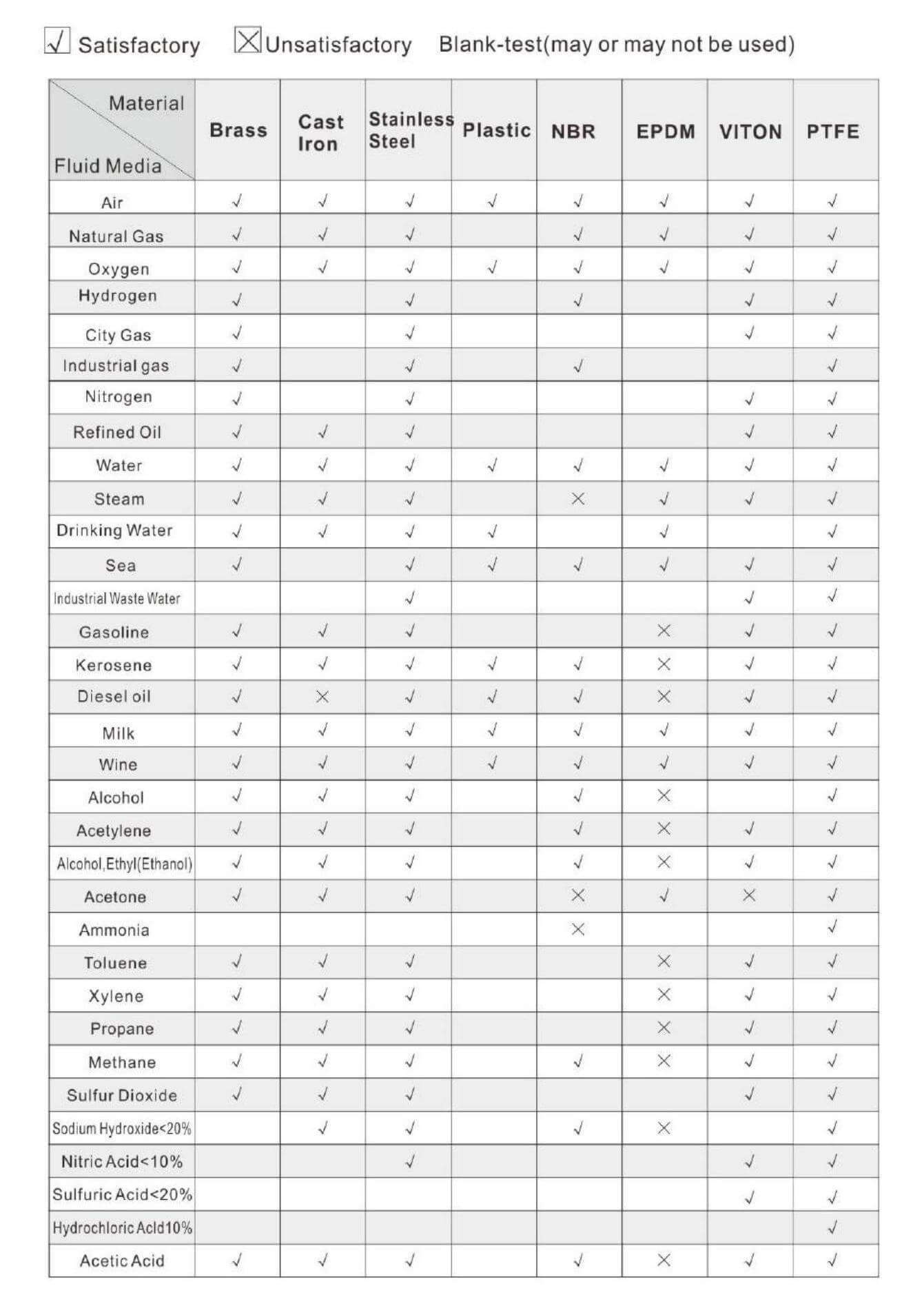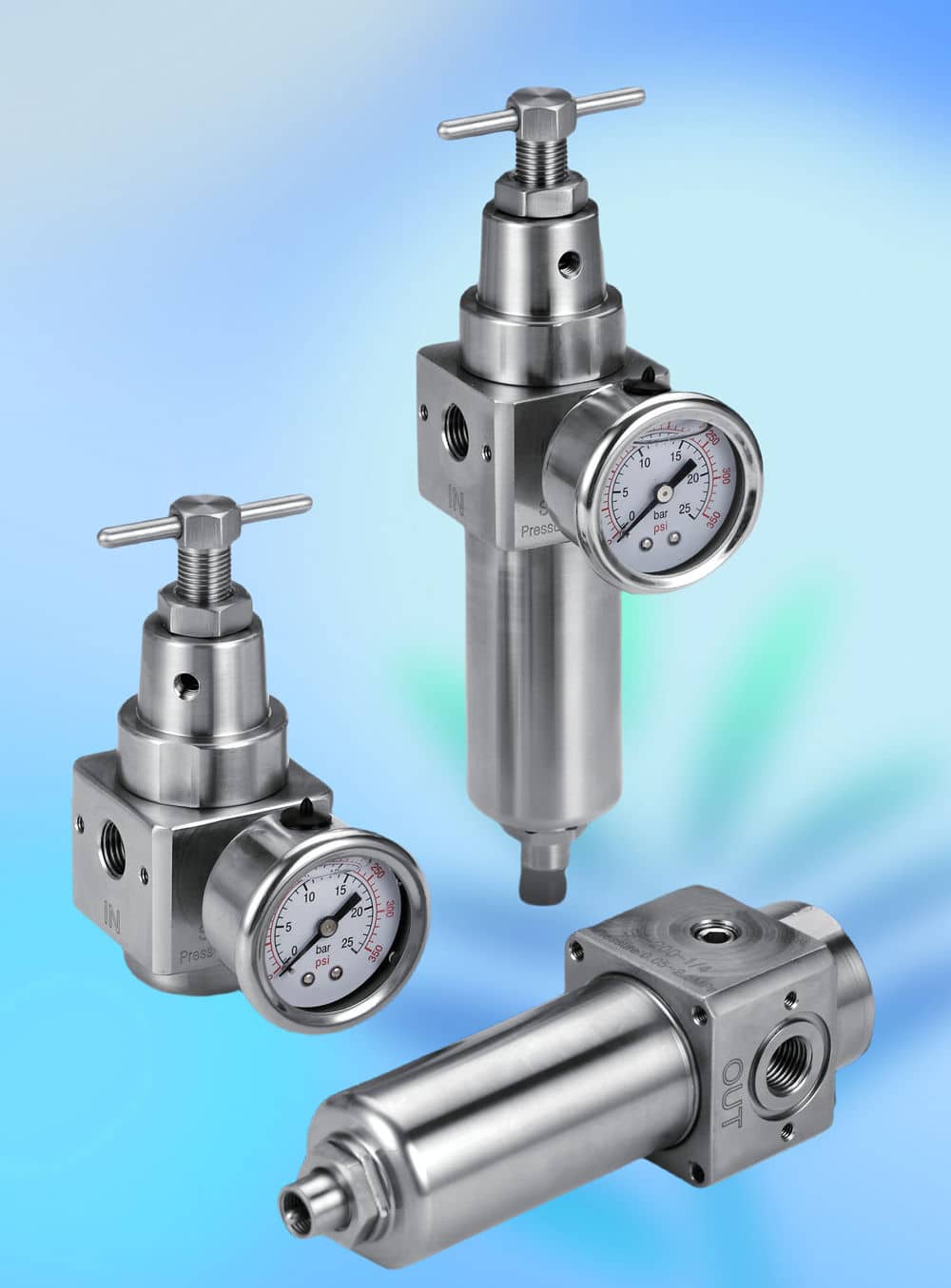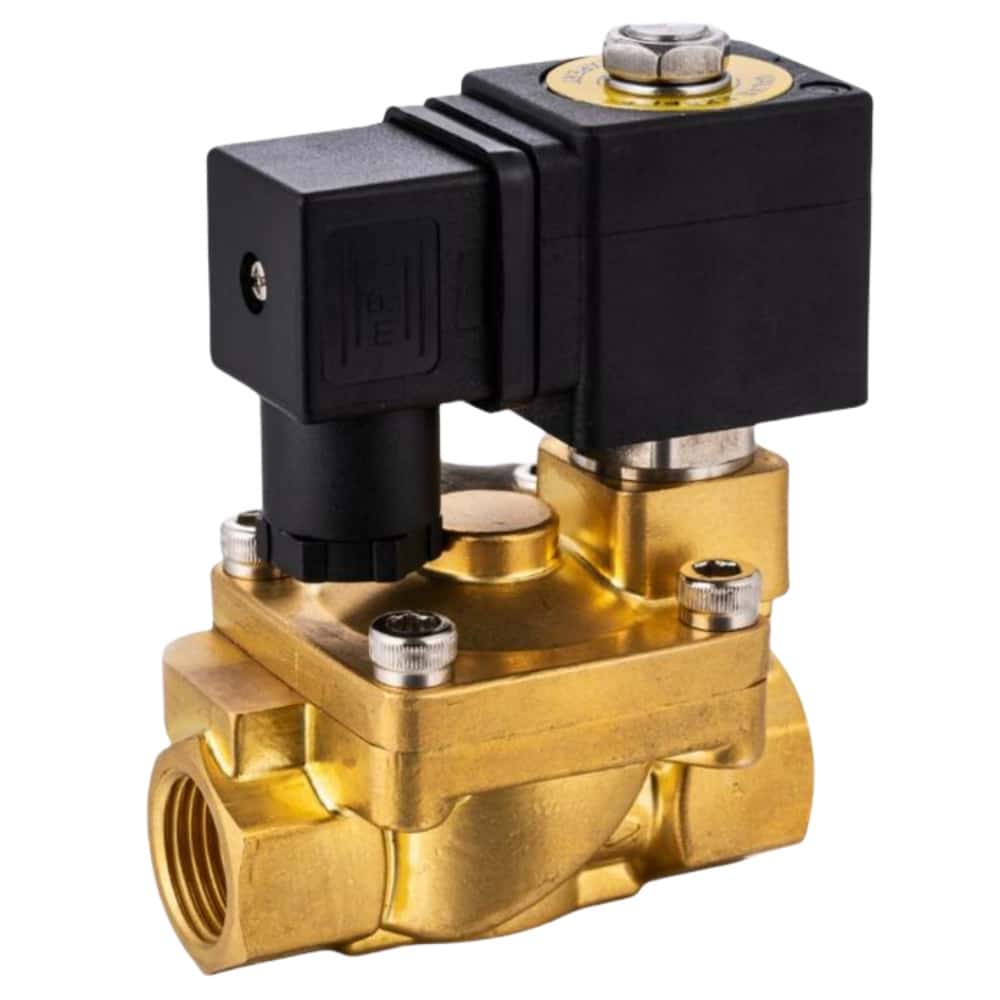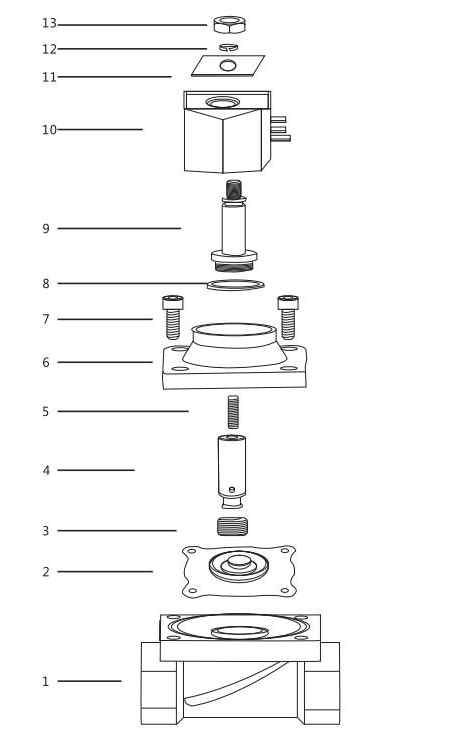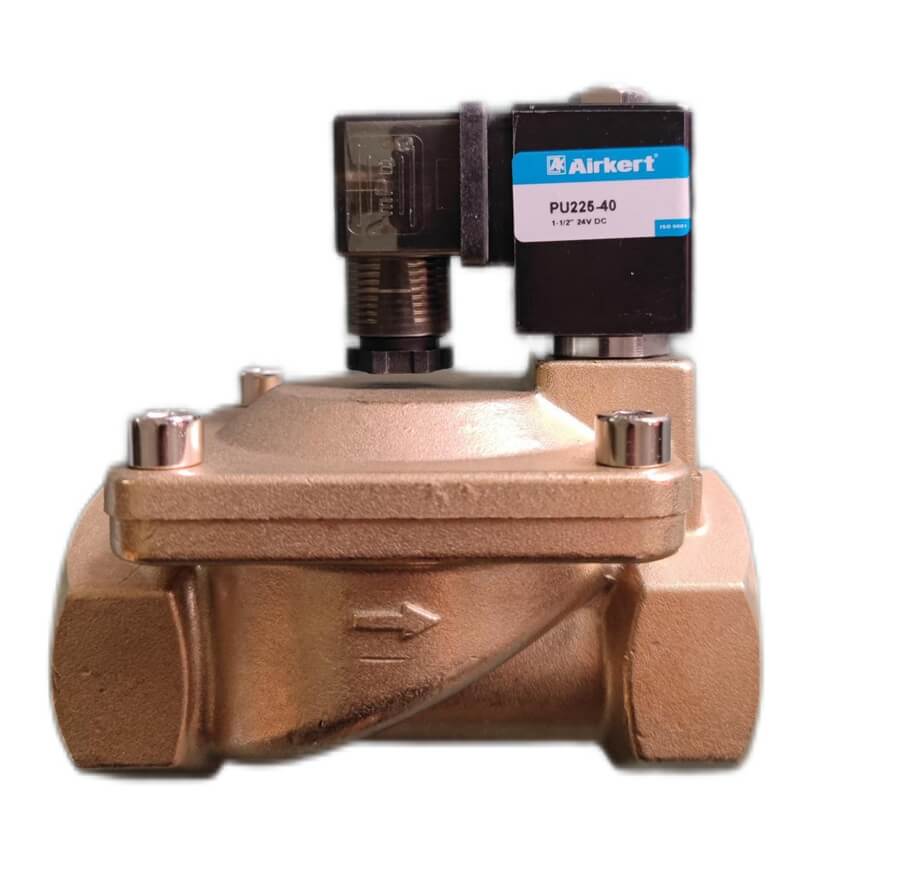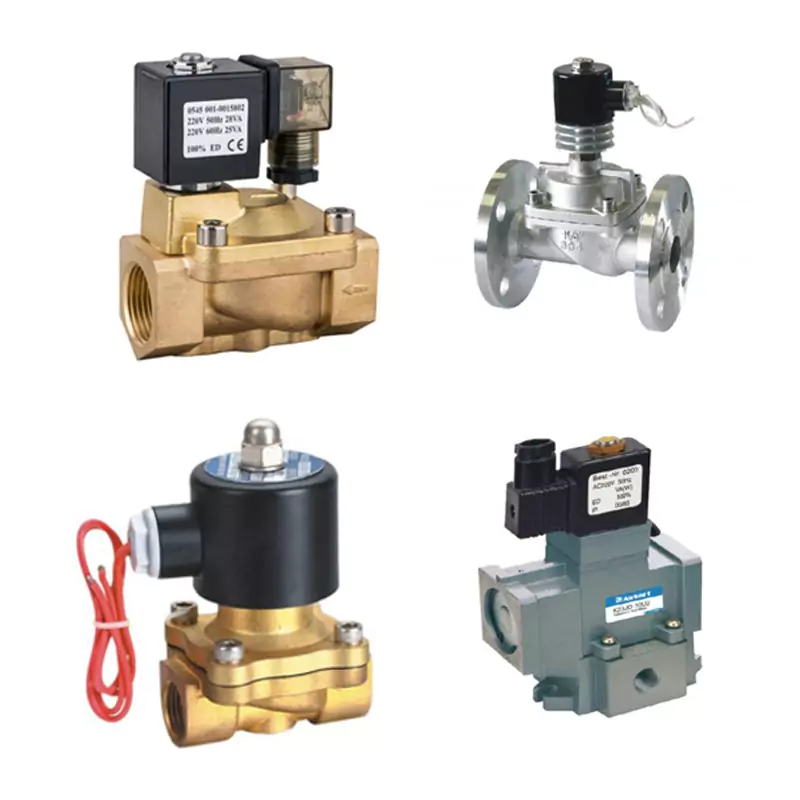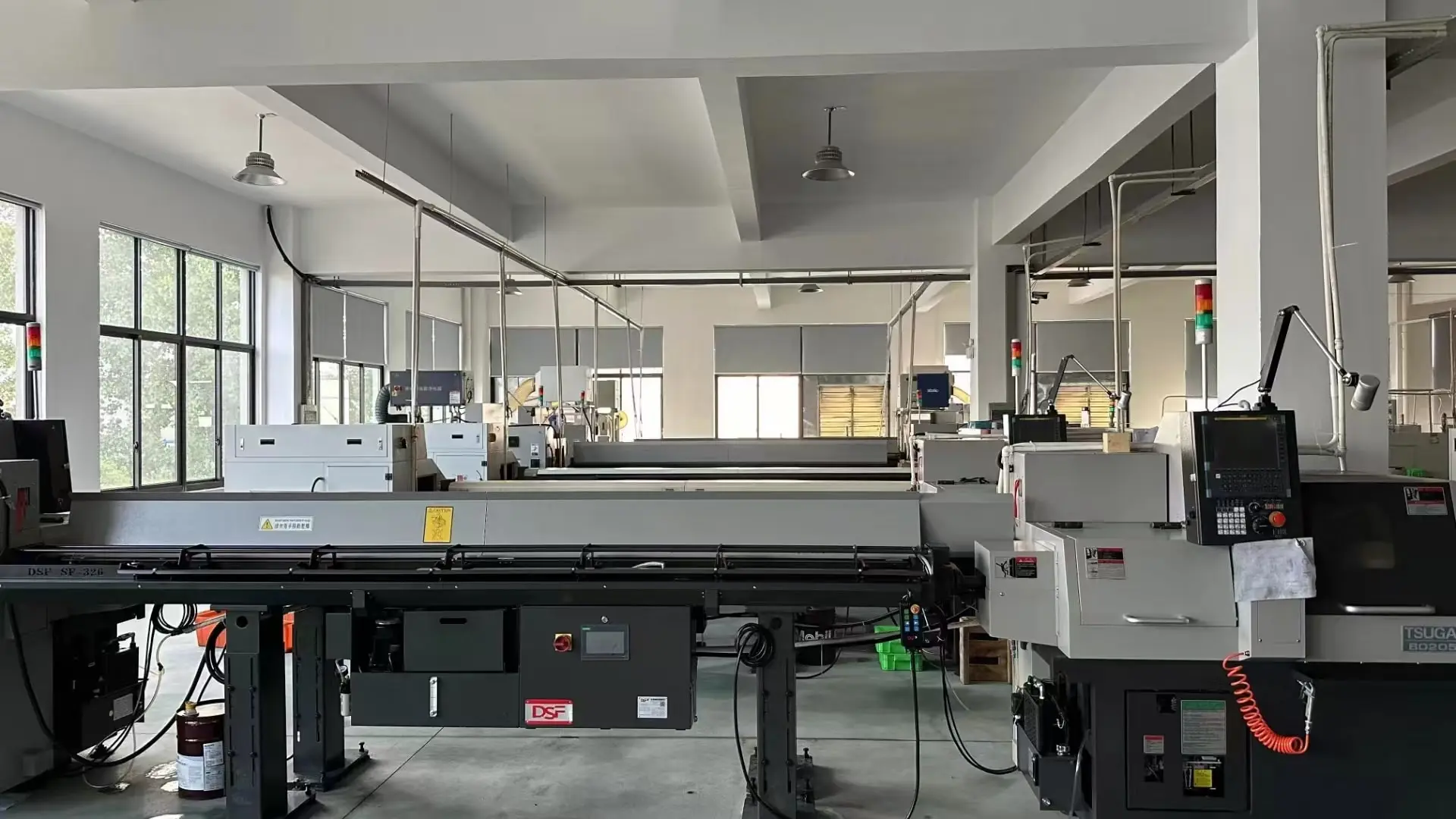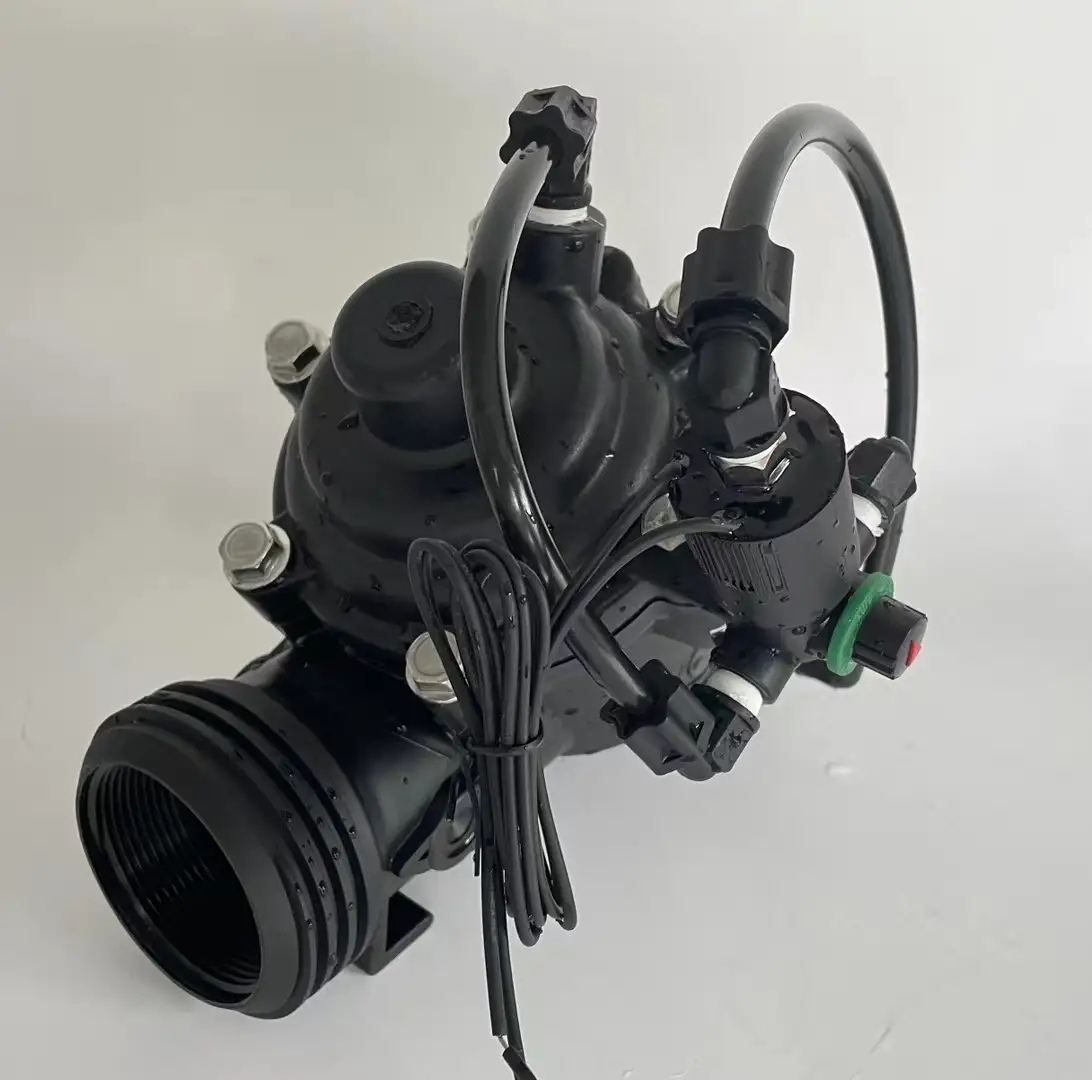Solenoid Valves Sealing Material Selection
1. NBR nitrile butadiene rubber
It is prepared by emulsion polymerization of butadiene and acrylonitrile. Nitrile rubber is mainly produced by low-temperature emulsion polymerization. It has excellent oil resistance, high wear resistance, good heat resistance, and strong adhesion. The disadvantages are poor low-temperature resistance, poor ozone resistance, poor electrical properties, and slightly lower elasticity.
In addition, it also has good water resistance, air tightness, and excellent bonding properties. It is widely used in the manufacture of various oil-resistant rubber products, various oil-resistant gaskets, gaskets, casings, flexible packaging, soft rubber hoses, printing, and dyeing rubber rollers, cable rubber materials, etc. elastic material.
Nitrile rubber has excellent oil resistance, its oil resistance is second only to polysulfide rubber and fluoro rubber, and has excellent wear resistance and air tightness. The disadvantage of NBR is that it is not resistant to ozone and aromatic, halogenated hydrocarbons, ketones, and ester solvents, and is not suitable for insulating materials.
Main use: Nitrile rubber is mainly used to make oil-resistant products, such as oil-resistant pipes, tapes, rubber diaphragms, large oil bags, etc. It is often used to make various oil-resistant molded products, such as O-rings, oil seals, leather cups, diaphragms, valves, bellows, etc., are also used to make rubber sheets and wear-resistant parts.
2. EPDM EPDM (Ethylene-Propylene-Diene Monomer)
EPDM rubber is a terpolymer of ethylene, propylene, and non-conjugated dienes, and commercial production began in 1963. Annual worldwide consumption is 800,000 tons. The main characteristic of EPDM is its excellent resistance to oxidation, ozone, and erosion. Since EPDM belongs to the polyolefin family, it has excellent vulcanization characteristics. Among all rubbers, EPDM has the lowest specific gravity. It can absorb large amounts of fillers and oils with little effect on properties. Therefore, a low-cost rubber compound can be produced.
Molecular structure and properties
Structure: EPDM is a terpolymer of ethylene, propylene, and a non-conjugated diene. Diolefins have a special structure, only one of the two bonds can be copolymerized, and the unsaturated double bonds are mainly used as cross-links. The other unsaturated one will not become the polymer backbone, only the side chains. The main polymer chain of EPDM is fully saturated. This property makes EPDM resistant to heat, light, oxygen, and especially ozone. EPDM is nonpolar in nature, resistant to polar solutions and chemicals, has low water absorption, and has good insulating properties.
Features: 1. Electrical properties; 2. Elasticity; 3. Adhesion; 4. Low density and high filling; 5. Superheated water resistance; 6. Water vapor resistance; 7. Aging resistance; 8. Corrosion resistance.
3. VITON Fluorine Rubber (FKM)
There are various types of rubbers containing fluorine in the molecule, according to the fluorine content, that is, the structure of the monomer. Currently, the widely used fluorine rubber of hexafluoride was first marketed by DuPont under the trade name "VITON". High-temperature resistance is better than silicone rubber… … Chemical resistance, resistance to most oils and solvents (except ketones and esters), good weather resistance and ozone resistance, but poor cold resistance; Other products, seals in chemical plants, the operating temperature range is -20 ℃ ~ 260 ℃ when low temperature is required, there is a low-temperature resistant type that can be used up to -40 ℃, but the price is higher.
